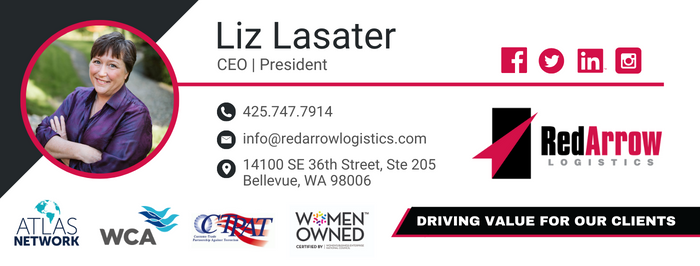Transportation is the lifeblood of any supply chain. Whether you’re managing a small local operation or a global logistics network, having a well-structured transport strategy is crucial for success. In this guide, we’ll walk you through the steps to develop an optimal transport strategy for your business, ensuring efficiency, cost-effectiveness, and customer satisfaction.
1. Assess Your Current Logistics Setup
Before making any changes, it’s crucial to understand your existing transportation processes. Evaluate your current carriers, routes, and modes of transportation. Identify any pain points, inefficiencies, or areas for improvement.
2. Define Your Goals and Objectives
Clearly outline what you want to achieve with your transport strategy. This could include reducing transit times, minimizing costs, improving sustainability, or enhancing customer service. Specific, measurable goals will serve as a compass for decision-making.
3. Segment Your Supply Chain
Categorize your products based on factors like size, weight, value, and demand patterns. Different categories may require different transport modes or service levels. Tailoring your approach to each segment optimizes costs and service levels.
4. Select the Right Carriers and Partners
Choose carriers and partners based on their expertise, reliability, and capacity to meet your requirements. Consider factors such as their network coverage, track record, and technology capabilities.
5. Optimize Routing and Mode Selection
Leverage technology and data analytics to determine the most efficient routes and transportation modes. Factors like distance, transit time, cost, and environmental impact should all be taken into account.
6. Implement Technology Solutions
Embrace transportation management systems (TMS) and other technology solutions to streamline processes, improve visibility, and enhance decision-making. These tools provide real-time tracking, analytics, and reporting capabilities.
7. Prioritize Sustainability
Sustainability is not only a moral imperative but also a business opportunity. Explore eco-friendly transport options, like hybrid vehicles or rail transport, to reduce your environmental footprint and potentially qualify for incentives.
8. Monitor and Measure Performance
Implement key performance indicators (KPIs) to track the success of your transport strategy. Metrics such as on-time delivery rates, cost per mile, and customer satisfaction scores provide valuable insights into performance.
9. Adapt and Continuously Improve
The transportation landscape is constantly evolving. Stay informed about industry trends, regulatory changes, and emerging technologies. Regularly review and adjust your transport strategy to remain competitive and efficient.
10. Foster Collaboration and Communication
Effective communication with carriers, partners, and internal teams is essential. Foster collaborative relationships to address challenges, share insights, and identify opportunities for improvement.
By following these steps, you’ll be well on your way to designing and implementing an optimal transport strategy for your business. Remember, a well-planned and executed transport strategy not only enhances operational efficiency but also creates a competitive edge in today’s dynamic logistics landscape.
Your Trusted Partner
For more personalized guidance and expert support in optimizing your transport strategy, contact Red Arrow Logistics. Our team of logistics professionals is here to help you navigate the complexities of transportation and drive your supply chain success.
Red Arrow offers the scale and scope of services including air, ocean, and ground transportation to meet the budget and schedule requirements of the largest and smallest companies alike. If we can be of assistance, please email us at info@redarrowlogistics.com or give us a call at 425-747-7914.





